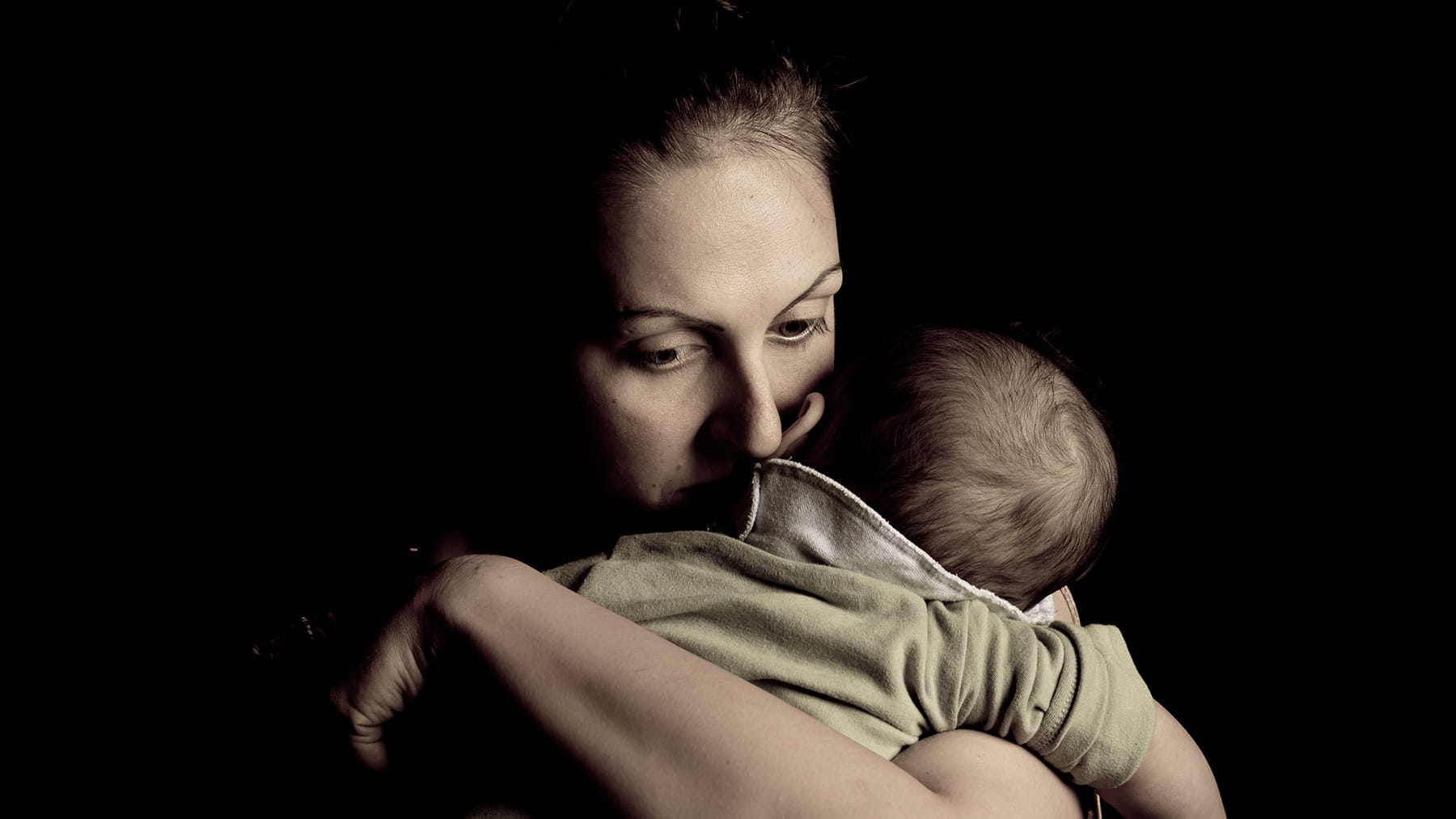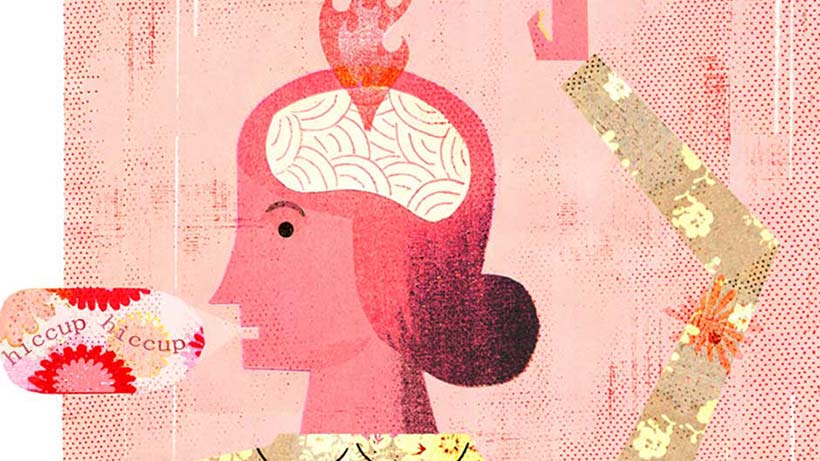Why some women with postpartum depression aren't getting help

Thanks to awareness efforts, postpartum depression is getting more attention. But some new moms who develop this condition still slip through the cracks without getting the help they need.
After giving birth, most women experience some form of the “baby blues,” a mild state of sadness, fatigue and worry that may last a couple of weeks and go away on its own.
At first, baby blues might be blamed for the postpartum depression (PPD) symptoms that crop up about a week to a month after nearly 15 percent of births. But postpartum depression is a mood disorder that can last much longer and can interfere with a woman’s capability to care for herself or her family. Common symptoms include:
- Feeling sad, hopeless or overwhelmed.
- Having trouble sleeping, or sleeping too much.
- Crying often and for no clear reason.
- Changes in appetite.
- Withdrawal from friends and family.
- Thinking about harming oneself or one’s baby.
Why aren’t some women getting help?
Admitting you need help is difficult
Unfortunately, there remains some stigma surrounding PPD. Our culture inundates women with messages that they should be floating on a cloud of happiness after they give birth and that, to be a good mom, you have it together from day zero.
These messages simply aren’t true. But because of them, signs of difficulty are hard to bear. Women may be reluctant to admit to themselves or others that they need help because they may feel like failures.
Mental health care access may be limited
In many parts of the United States, women don’t know where to turn and they don’t have adequate resources. In central Ohio and at The Ohio State University Wexner Medical Center, we’re lucky that we have many well-trained mental health professionals, support groups and other resources for these women. But that’s not the case in every region.
PPD awareness still isn’t what it could be
Despite increased education in recent years, many people don’t know enough about PPD and its warning signs. It’s hard to identify a condition that you don’t know exists.
As a maternal-fetal psychiatrist, I often hear women say that they were having a really hard time, but they just thought it was that way for everyone.
Five ways to solve these problems
1. Women should know their risk factors and, if at risk, consider establishing care with a mental health professional before the baby is born. Ideally, they would meet with a counselor or psychiatrist even when planning to conceive, but they definitely should make this connection by the third trimester.
Risk factors:
- A history of depression or anxiety.
- A family member diagnosed with depression or other mental illness.
- Stressful events surrounding pregnancy (e.g. domestic violence, illness, death of a loved one).
- Mixed feelings about pregnancy.
- Substance abuse.
Having to wait several weeks for a new-patient appointment after PPD hits means that each day of waiting can be painful and challenging. But once established as a patient, getting in for an appointment will be quicker and easier.
If the baby arrives before that mental health care connection is made, women can see their OB/GYN in the meantime. Not only will OB/GYNs likely have more availability, but they also are well-versed in PPD treatment and can begin a prescription of necessary medication.
2. Partners should learn PPD symptoms and keep an eye on new moms. Take note if a new mom isn’t acting like herself – maybe a chatty extrovert is now reluctant to engage with others, or a laidback woman is now excessively washing bottles or obsessively checking on the child to reassure herself that the baby is safe.
3. Note any emotions that seem amiss. Not everyone with PPD spends all day crying in bed.
When people feel overwhelmed, scared and depressed, they may have different emotional reactions. Anxiety and depression can be misinterpreted as anger and irritability. Sudden changes in mood are worth checking out, whether it’s being angry all the time, no longer getting joy out of life or exhibiting other drastic changes.
4. Remember that support and treatment do exist. Therapy, medication and support from other moms who have experienced PPD all are helpful, and some are available online. Searching online or asking an OB/GYN for help can connect women with support groups that offer advice, tools for coping and a sympathetic ear.
Researchers are actively working on finding new and better treatments for PPD, reflecting the increasing awareness of postpartum depression’s role as a major problem for new parents. There are promising new medications on the horizon.
5. Parents should call in the reserves. This is a time to ask for and accept all help that’s available, whether a friend or relative can bring a meal or just go on a walk with the new mom. Moms should engage in self-care to reduce stress and feelings of isolation whenever possible – this isn’t the time to be silent and hope to be noticed.
Postpartum depression is hard to go through without blaming yourself. But it’s not the mother’s fault.
Admitting that something is wrong is the hardest part, but treatment can turn things around. Women with PPD are able to be great mothers with safe, happy kids.




